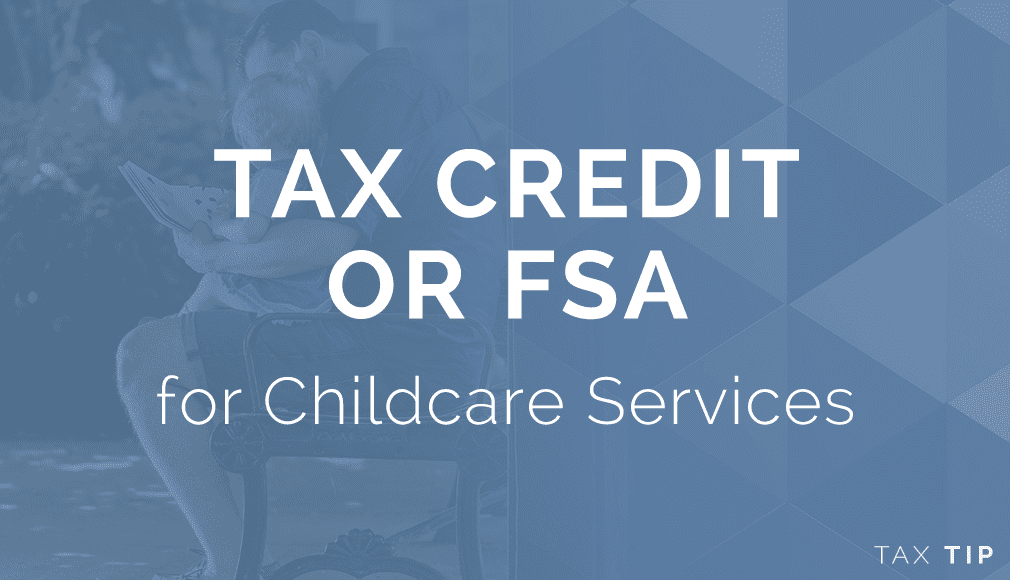

In today’s society, many families rely on both parents’ earnings to raise a family. With young children at home, it can be tough to maintain a successful career while caring for your family. One way that families deal with this problem is paying for childcare. These types of services allow parents to continue working while a caregiver watches over your children. There are two tax breaks available for families that pay for childcare services so that they can continue to work.
The tax code allows parents to take a tax credit for child and dependent care expenses. In order to qualify for the tax credit, the expenses must be incurred so that you or your spouse can either find a job or are actively working. Some expenses that count for the tax credit include babysitters, housekeepers, medical expenses, day care centers, and others. Unfortunately, there is a cap on how much can be taken as a credit. There is a limit of $3,000 of qualified expenses per child, up to a maximum of $6,000 for total expenses. On top of that, there is a limit on the amount of credit based on your income. In 2016, if you earned over $43,000 then you can only deduct 20% of the qualified expenses.
The second option available is a Dependent Care Flexible Spending Account (DCFSA). This is often a fringe benefit offered by an employer where an employee can contribute pre-tax funds to an account that will be used specifically for dependent care services. Qualifying expenses include before and after school care, summer day camp, nanny expenses, and other similar expenses. A maximum of $5,000 can be contributed to a DCFSA each year. There are a few things to note when using a DCFSA. First, all funds in a DCFSA are contributed on a use it or lose it basis. This means that if $5,000 is contributed and only $4,700 is used, than the $300 remaining balance is lost. Another key feature of the DCFSA is that it is prefunded, meaning that if you elect to contribute $5,000 those funds are available to you immediately. You do not have to wait until you make $5,000 of contributions into the account.
So which of the two tax breaks are better for you? Well, that answer depends on your specific situation. High income earners typically benefit the most from the DCFSA whereas lower income earners benefit more from the dependent care credit. There are instances where you could use both tax breaks too.
For an in-depth look at how you could benefit from these tax breaks, please give your Alloy Silverstein CPA a call at 856-667-4100.


Associate Partner
Ren III provides tax, accounting, and advisory services to a broad range of clients, with a specialty for manufacturers, title insurance companies, and professional service providers.
View Ren III's Bio → Follow @R3CPA on Twitter →